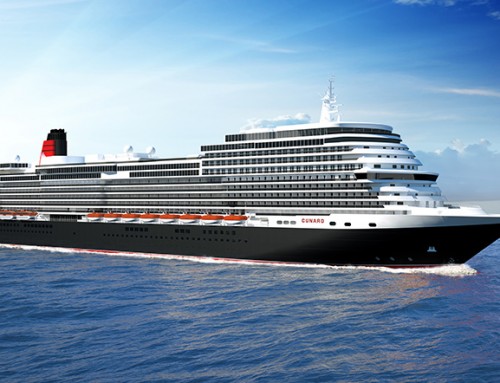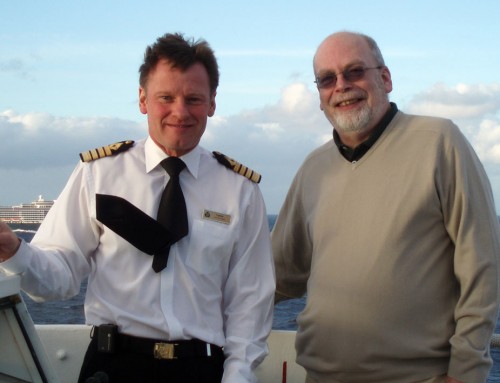While Britain battles an epidemic of flu, cruise ships around the world are struggling to contain outbreaks of norovirus, commonly known as “winter vomiting disease.”
Radiance of the Seas delayed its departure from Tampa, Florida at the weekend in order to carry out a deep clean after about 150 passengers were affected on the previous cruise.
Some passengers on Queen Mary 2’s Christmas cruise in the Caribbean – including former deputy Prime Minister Lord Prescott and his wife – reportedly suffered from the virus.
Sister ship Queen Victoria, currently crossing the Atlantic, is in a state of red alert, with waiters taking over from self-service in the buffet and passengers being advised not to shake hands in order to reduce the risk of spreading infection.
I also understand there were cases on board Independence of the Seas which turned round in Southampton on Saturday.
So what is norovirus, and what is the best way to prevent it from disrupting a cruise?
According to the NHS, the viruses are the most common cause of upset stomach in the UK, affecting between 600,000 and a million people each year.
Although most common during winter months, the virus can strike at any time of the year. Symptoms of a norovirus infection include nausea, vomiting, diarrhoea and in some cases a fever, headache, stomach cramps and aching limbs. In most cases, symptoms last no more than 48 hours.
Outbreaks are particularly common in environments such as hospitals, nursing homes and schools – and you’re more likely to be brought down with it after a visit to a local restaurant than on a cruise.
The chances of being affected are, however, pretty slim. Even when it does strike on board ship, it is rare for more than a small proportion of passengers to be affected. We hear about outbreaks because the American Centre for Disease Control and Prevention (CDC) issues a public report when the number exceeds more than three per cent of passengers and crew.
Infections are almost always introduced to the ship by a passenger or passengers who bring it on board with them – which is why everyone boarding a cruise in the UK has to fill out a health form at check-in. Ticking the box that says you have suffered from sickness or diarrhoea in the previous few days won’t mean you are immediately barred from the ship, but it will alert the medical staff who can take any precautions necessary.
Prevention is largely a matter of common sense hygiene – wash your hands often, especially after using the lavatory, and before eating food. Be wary of touching hand rails, door handles and lift buttons and always use the hand gel dispensers provided at the entrance to restaurants – I have never been sure how an anti-bacterial wipe can deal with the spread of a viral infection, but at least it encourages regular hygiene.
If you are unfortunate enough to be affected, notify the ship’s doctor straight away. You may have to spend a couple of days confined to your cabin, but that’s in everyone’s best interests, including your own.
Anything else you need to know about norovirus is probably covered in this NHS video.





The UK cruise owners are way behind the times in using preventative technologies to protect passengers.
Since Disney, Holland & Carnival Cruise lines installed our unique probe technology that kills any virus including Norovirus and Flu, they have not had one outbreak.